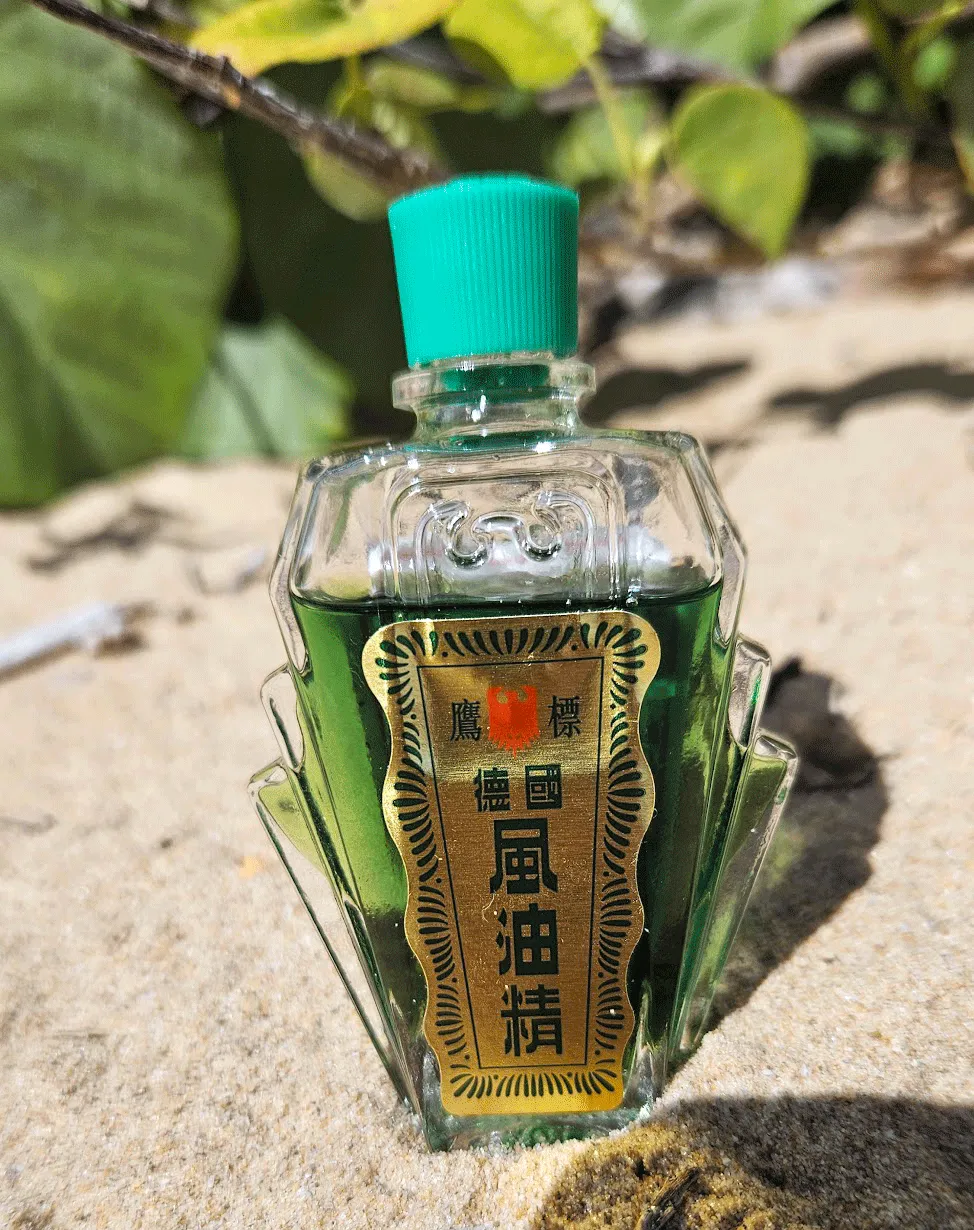Chinese massage, also known as Tui Na, is a traditional Chinese healing therapy that has been practiced for thousands of years. It is one of the five main branches of Traditional Chinese Medicine (TCM) along with acupuncture, herbal medicine, qigong, and dietary therapy. Tui Na involves the manipulation of soft tissues and joints using various hand techniques, such as pressing, rubbing, kneading, and stretching, to stimulate and balance the body’s energy flow or Qi (?).
The underlying principle of Chinese massage is based on the concept of Yin and Yang, the Five Elements, and the meridian system through which Qi circulates in the body. By using specific techniques along the body’s meridians and acupressure points, Tui Na practitioners aim to promote the free flow of Qi and blood, restore balance, alleviate pain, and address various health conditions.
Tui Na can be used to treat a wide range of ailments, including musculoskeletal problems, joint pain, sports injuries, headaches, stress-related disorders, and even chronic internal organ conditions. It is commonly used in conjunction with other traditional Chinese medicine treatments for a more comprehensive approach to healing.
During a Tui Na session, the practitioner will first assess the individual’s condition, identify any imbalances, and then apply specific techniques tailored to their needs. This could involve gentle strokes for relaxation or deeper, more focused pressure to target specific areas of concern.
It’s essential to seek a qualified and experienced Tui Na practitioner or licensed massage therapist who understands the principles of Traditional Chinese Medicine to ensure safe and effective treatment.
Paul uses massage as an adjunctive treatment to acupuncture

